Impeachment Mania Returns In Time For The Midterm Elections
The military has long had a saying that “when you only have a hammer, every problem looks like a nail.” When it comes to impeachment power, Democrats have long acted as if every problem is a high crime and misdemeanor.
After two impeachments against President Donald Trump (including what I labeled as an infamous “snap impeachment“), Democratic politicians and pundits are back calling for the impeachment of President Trump and Secretary of Defense Pete Hegseth.
Rep. Shri Thanedar (D-Mich.) was the latest to prepare articles of impeachment. He is demanding the removal of Hegseth over his use of the encrypted messaging app Signal to convey battle plans and the “double tap” order on a disabled drug boat.
The Signal app controversy was a legitimate objection raised by critics. The Pentagon inspector general recently found that such use can endanger both missions and personnel, even though it did not appear to have resulted in damage in this case. Nevertheless, the Pentagon is claiming that the report is a “TOTAL exoneration of Secretary Hegseth.” That is hardly convincing. It is akin to Harris claiming that Gov. Josh Shapiro’s description of her book as “utter bulls**t” is a glowing review.
However, such a controversy does not even come close to meeting the constitutional standard for impeachment. Democrats did not call for the removal of Democratic presidents or cabinet members for such past controversies, including the use of social media and private email accounts.
The inclusion of the boat strike ignores how the war crimes story has collapsed this week. Even the New York Times and ABC News (and some Democratic members) now admit that it is not true that Hegseth gave an order to kill any survivors of these attacks or that such an order was issued by military commanders.
A finishing shot on a still floating vessel is not uncommon in war. There is a legitimate debate over the policy of striking these boats. However, in terms of the president’s inherent constitutional powers, he has the authority to strike such vessels outside the United States. Other presidents have asserted such authority. This includes President Barack Obama, who claimed in his “kill list” policy to have the right to kill even American citizens anywhere and at any time based on his unilateral decision that they represent an imminent threat to national security.
With respect to the laws of war, if the military had the authority to sink the boat, the commander could order a finishing shot or shots to complete the mission. It has long been common in war to deliver such finishing shots even when there are survivors on board or in the area of the vessel. The commander must not re-engage for the sole purpose of killing survivors. There is no evidence of any such order in this strike. The Washington Post based its sensational claim on a single anonymous source.
Throughout history (including the famed sinking of the Bismarck in World War II), there have been finishing shots delivered in sea engagements to destroy vessels.
The same is true with aerial attacks. It is common for the military to deliver multiple hits on a target if it is not completely destroyed despite the presence of wounded or survivors in the area. Once again, this does not mean the decision was correct or commendable in any given circumstance. Still, it falls within the discretion historically afforded to military commanders in achieving mission objectives.
In the end, the laws of war reflect the fluidity and uncertainty of military engagement. The “fog of war” is a reality of military conflicts, even with the added technological advances that we have today.
We still have not seen the full video and have not yet confirmed the timeline of orders. That will help establish if the successive strikes were plausibly tied to the mission objective of destroying the still floating vessel and stopping the salvaging of the drugs. It will also help establish that the boat and the drugs were indeed still viable targets. The latter recovery of survivors by the military would indicate that there was no “kill them all” policy with regard to survivors.
What is clear is that this is not even close to an impeachable offense.
Thanedar is not the only one reviving calls for impeachment.
Former CNN anchor Jim Acosta is calling for the impeachment of President Donald Trump over his “hateful comments” about the Minnesota Somali community, which he claims are grounds for impeachment:
“What needs to be said that isn’t being said enough in our press over the last 24 hours is that the President of the United States said a blatantly, obviously racist thing in the Cabinet meeting on Tuesday when he said what he said about Somali immigrants in this country. That they don’t contribute anything, that they’re not of value. In no normal world should the President of the United States of America ever, ever say something like that to the American people or even say it privately… I mean, if the President of the United States says it privately, it means he’s a bad person, and we should get rid of him.”
But to me, that was an impeachable moment. There have been so many impeachable moments since Donald Trump has come back to the White House, but to blatantly say something as racist and as hateful and as nasty and cruel and mean-spirited as what he said yesterday. The impeachment proceedings should begin right now. But of course, they won’t.”
There is a reason why they won’t . . . because this is ridiculous. Many of us have objected to the President’s comments about whole groups in this country. It is wrong to attack all Somalis in this country. I have previously written about how many of these immigrants from authoritarian nations embrace the essence of our country in seeking a free and better life.
However, past presidents have also used offensive or objectionable terms to refer to groups in the United States from Hillary Clinton’s reference to black men as “super predators” to Joe Biden’s referring to school desegregation as forcing white students to study in a “racial jungle” or claiming that any blacks who do not support him “ain’t black.”
I also do not remember these critics denouncing the attacks on figures like Elon Musk over his nationality.
The suggestion that these comments by Trump are an impeachable offense is absurd.
There is little danger that such impeachments will move forward.
However, if Democrats retake the House, the impeachment impulse will be overwhelming.
Tyler Durden Sat, 12/06/2025 - 11:40
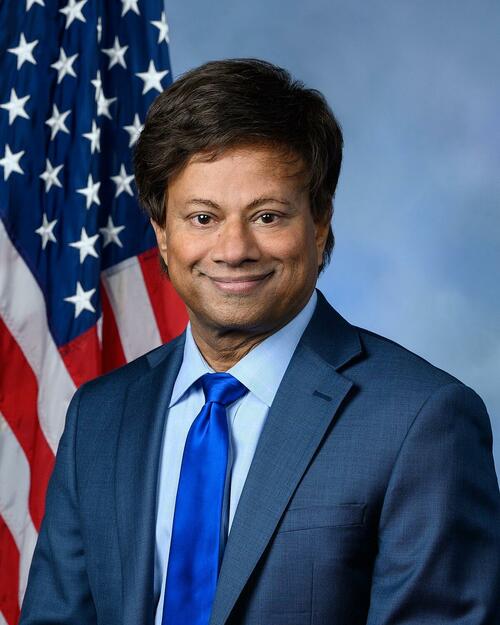


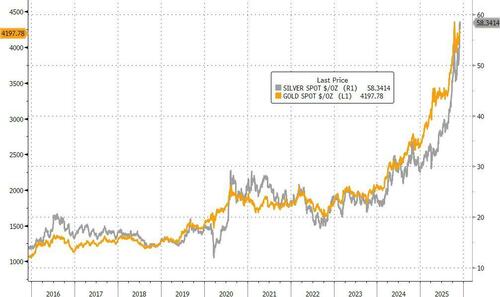

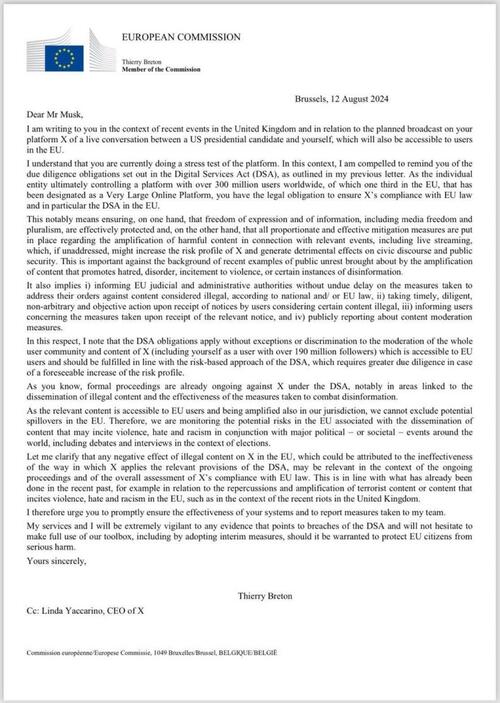

 via Telegram
via Telegram




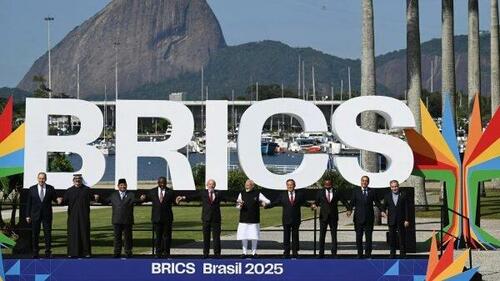
 The Pentagon in Arlington County, Virginia, on March 3, 2022. Joshua Roberts/Reuters
The Pentagon in Arlington County, Virginia, on March 3, 2022. Joshua Roberts/Reuters The new Department of War logo inside the Pentagon in Arlington, Va., on Sept. 8, 2025. Andrew Caballero-Reynolds/AFP via Getty Images
The new Department of War logo inside the Pentagon in Arlington, Va., on Sept. 8, 2025. Andrew Caballero-Reynolds/AFP via Getty Images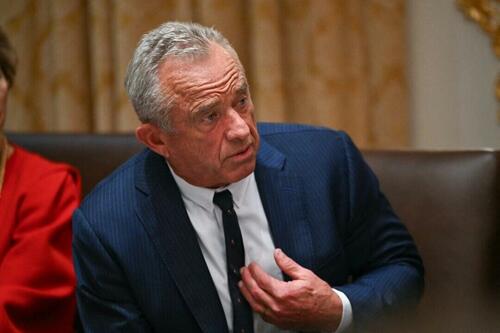 Health Secretary Robert F. Kennedy Jr. in Washington on Dec. 2, 2025. Andrew Caballero-Reynolds/AFP via Getty Images
Health Secretary Robert F. Kennedy Jr. in Washington on Dec. 2, 2025. Andrew Caballero-Reynolds/AFP via Getty Images Chinese teapot refiner
Chinese teapot refiner

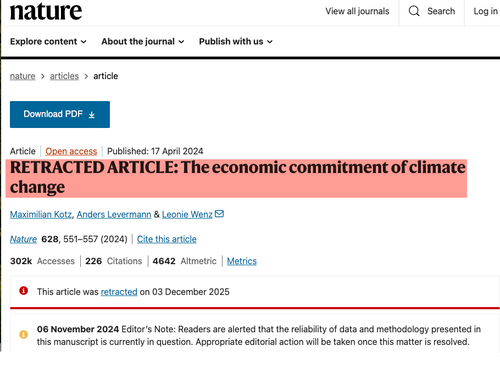
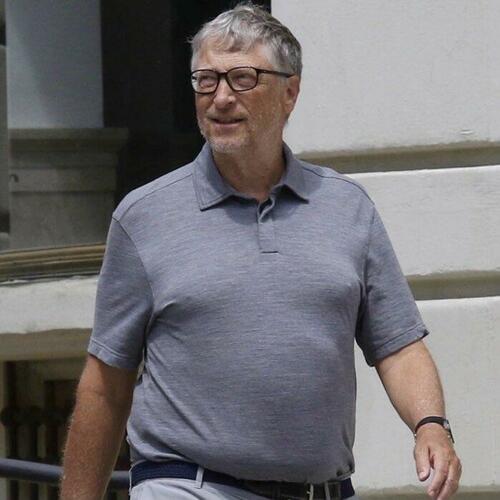

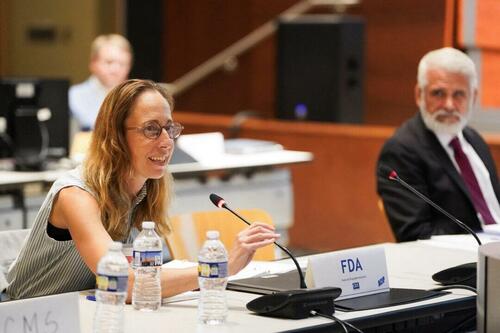 Dr. Tracy Beth Hoeg during a meeting in Atlanta, Ga., in a file image. Megan Varner/Reuters
Dr. Tracy Beth Hoeg during a meeting in Atlanta, Ga., in a file image. Megan Varner/Reuters
 Across all six specialties, average wait times range widely, from weeks in some cities to just days in others. The Epoch Times
Across all six specialties, average wait times range widely, from weeks in some cities to just days in others. The Epoch Times Across six specialties, appointment wait times continue to climb. The Epoch Times
Across six specialties, appointment wait times continue to climb. The Epoch Times Among the six specialties surveyed, some patients face extreme delays. The Epoch Times
Among the six specialties surveyed, some patients face extreme delays. The Epoch Times
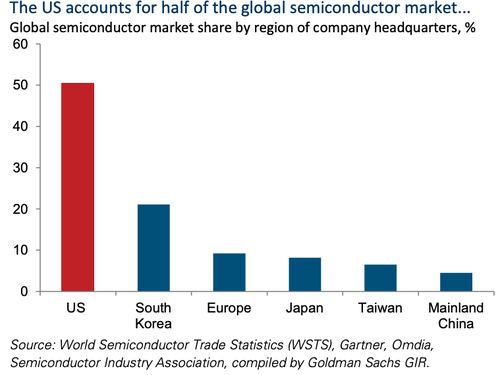
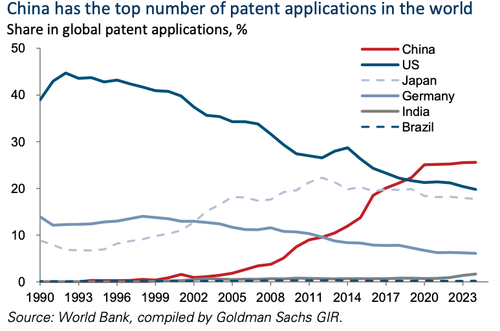
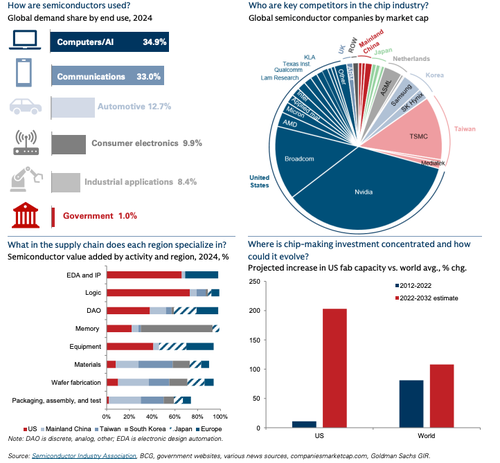
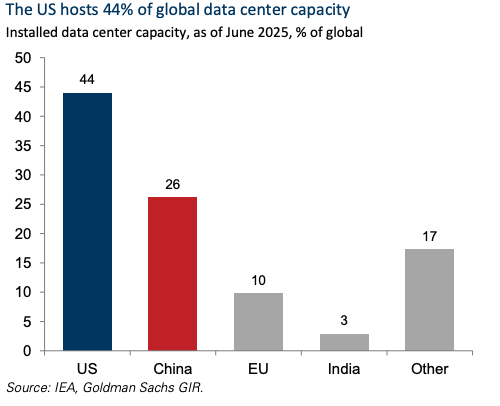
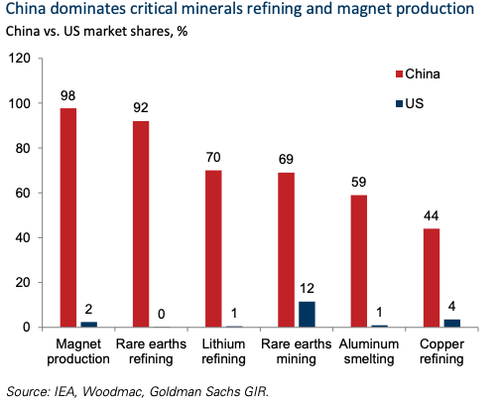
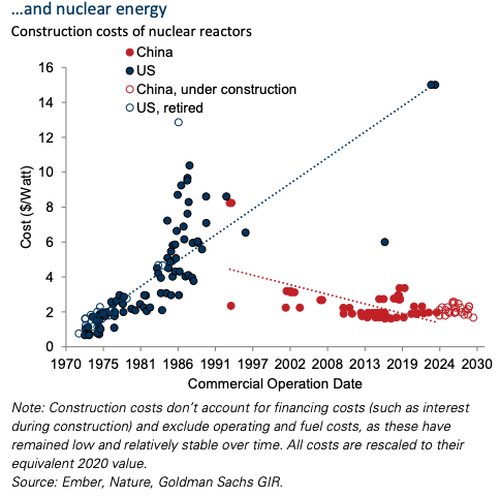
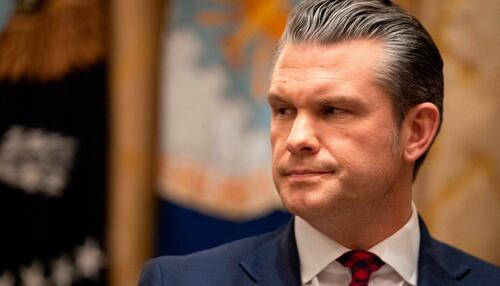
 via Reuters
via Reuters
Recent comments